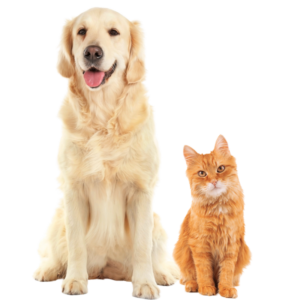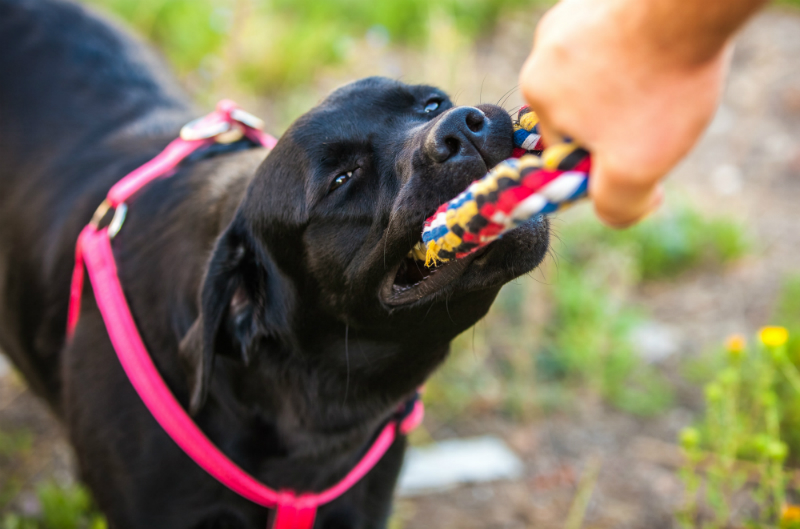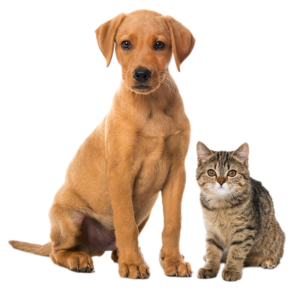Spring has finally arrived, and every pet owner is concerned about parasites. There is a good reason for this, and I strongly encourage it! Unfortunately for me, the focus on dentistry tends to decline during these months. Being a Canadian Veterinary Dental Technician, I am obsessed with teeth year-round. If a pet comes into the hospital for a routine examination, it is a habit for me to glance at the patient’s teeth when they are panting, or if their mouth is open for a quick moment. Even when I watch TV, I will notice animals’ teeth if they are visible. My eyes are constantly looking for any abnormalities, even if it’s a millisecond!
Owners should always continue taking the time to observe their pet’s eating habits for dental pain. Symptoms include excessive drooling, dropping food when they are eating, pawing at the mouth, reluctance in eating, not chewing food properly, and making a mess when they eat. Pets feel dental pain the same way we do, but they are not able to communicate the discomfort to humans. When I notice an abnormality like a fractured tooth, the owner’s response is often the same: “I didn’t know! They are still eating and not whining.” I must remind you that animals can’t communicate this to you, they live with the pain until the abnormality is noticed by their owner.
I recommend to flip your dog or cat’s lip routinely and look for any abnormalities. These abnormalities might not appear obvious for the average person, but here are some of the things you can look for: fractured teeth, chipped teeth, any cuts and bruises (from chewing on something hard), any swelling noticeable inside the mouth and also on the pet’s face. If an area where the gum is redder than the surrounding teeth, that is something I will want to investigate.
In the spring, dogs are usually happy to find their favourite toys or even stones and sticks that were buried deep in the snow for months. Bones are very often part of the buried treasure. Unfortunately for some pets, their owners will offer them some bones (animal bones like a ham bone for example) usually out of love. What they do not realize, is that it can cause a lot of damage. The dogs will chew on their new treasure. I encourage pet parents to walk around the pets’ environment and look out for any potential items that could cause pain and discomfort and let’s not forget to mention the cost of the veterinary care required.
Written by France Filiatreault, CVDT



